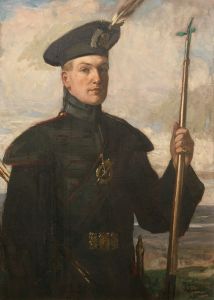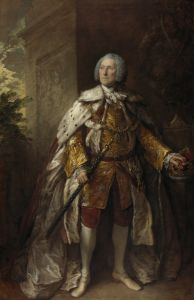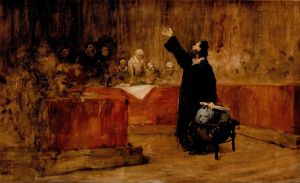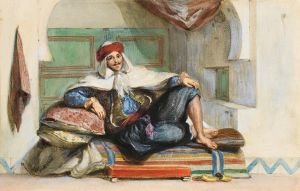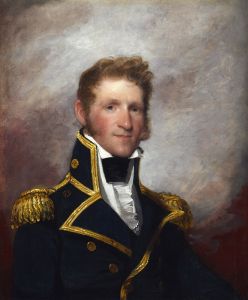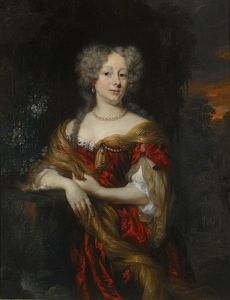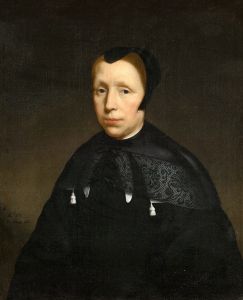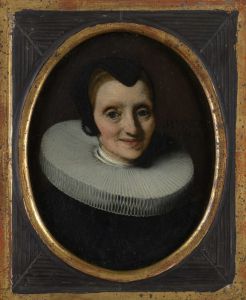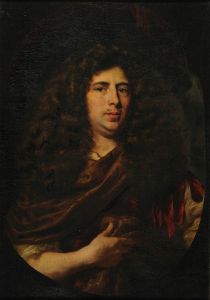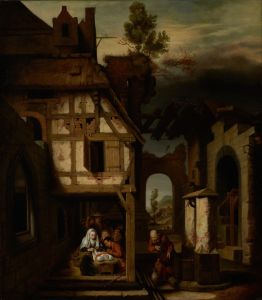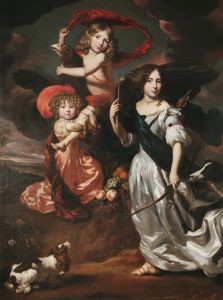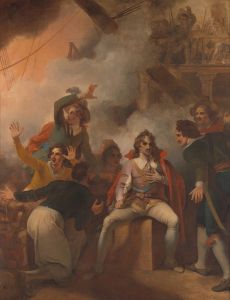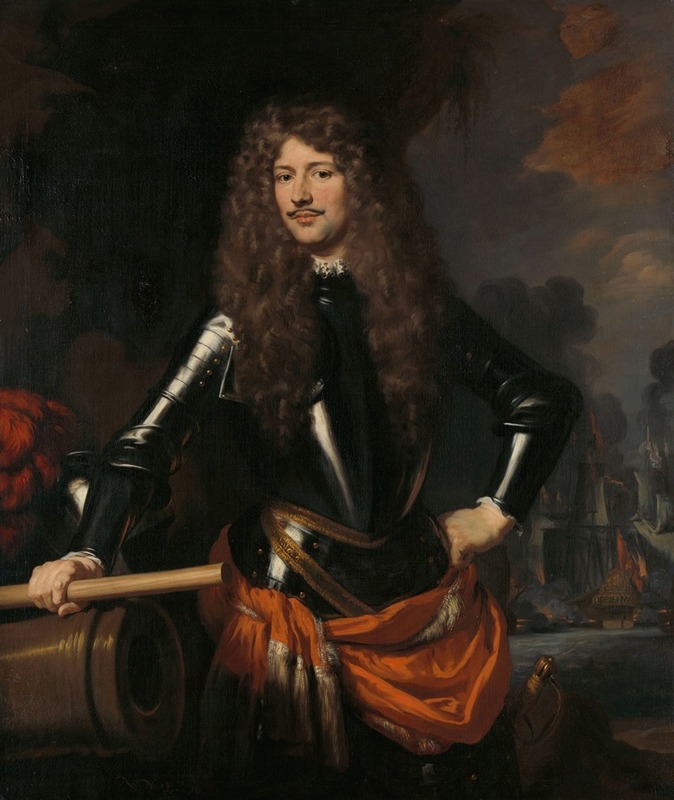
Cornelis Evertsen, Lieutenant-Admiral of Zeeland
A hand-painted replica of Nicolaes Maes’s masterpiece Cornelis Evertsen, Lieutenant-Admiral of Zeeland, meticulously crafted by professional artists to capture the true essence of the original. Each piece is created with museum-quality canvas and rare mineral pigments, carefully painted by experienced artists with delicate brushstrokes and rich, layered colors to perfectly recreate the texture of the original artwork. Unlike machine-printed reproductions, this hand-painted version brings the painting to life, infused with the artist’s emotions and skill in every stroke. Whether for personal collection or home decoration, it instantly elevates the artistic atmosphere of any space.
Cornelis Evertsen, Lieutenant-Admiral of Zeeland, is a portrait painting by the Dutch artist Nicolaes Maes, created in the 17th century. Nicolaes Maes was a prominent Dutch Golden Age painter, known for his portraits and genre scenes. He was a pupil of Rembrandt, and his work reflects the influence of his master, particularly in the use of light and shadow.
The subject of the painting, Cornelis Evertsen, was a notable figure in Dutch naval history. Born in 1610, Evertsen was a distinguished naval officer who served as a Lieutenant-Admiral of Zeeland, a province in the Netherlands. He was part of the Evertsen family, which produced several prominent naval officers. Cornelis Evertsen played a significant role in the naval conflicts of the 17th century, particularly during the Anglo-Dutch Wars, which were a series of conflicts fought between England and the Dutch Republic.
The painting by Maes captures Evertsen in a dignified pose, reflecting his status and importance as a naval leader. The portrait is characterized by Maes' attention to detail and his ability to convey the personality and stature of his subjects. The use of light in the painting highlights Evertsen's features and the texture of his attire, which is typical of Maes' portrait style.
Nicolaes Maes was active during a period when portraiture was highly valued in Dutch society, as it was a means of documenting and celebrating the achievements of individuals. Portraits of naval officers like Cornelis Evertsen were particularly significant, as they commemorated the contributions of these figures to the Dutch Republic's maritime power and prosperity.
The painting is an example of the Baroque style, which was prevalent in the 17th century. This style is characterized by dramatic use of light and shadow, rich colors, and a focus on realism and detail. Maes' training under Rembrandt is evident in his handling of these elements, as he effectively uses them to create a lifelike and imposing image of Evertsen.
Cornelis Evertsen's career was marked by his participation in several key naval battles. He was involved in the First Anglo-Dutch War (1652-1654), where he served with distinction. His leadership and strategic acumen were instrumental in several Dutch victories. Evertsen continued to serve in the subsequent Anglo-Dutch Wars, further solidifying his reputation as a capable and respected naval commander.
The portrait of Cornelis Evertsen by Nicolaes Maes is not only a representation of an individual but also a reflection of the broader historical and cultural context of the Dutch Golden Age. It highlights the importance of naval power in the Netherlands during this period and the role of portraiture in celebrating national heroes.
Today, the painting is recognized as an important work within Maes' oeuvre and a valuable historical document that provides insight into the life and times of Cornelis Evertsen. It remains a testament to the skill of Nicolaes Maes as a portrait artist and the enduring legacy of the figures he depicted.






